Fleas are tiny, blood-sucking nuisances that can infest your home by laying their eggs on your bedding, carpet, and furniture. Furthermore, these pests can irritate your dog and cat skin and thus, need effective handling.
How to eliminate fleas in the yard? There are many ways to get rid of fleas in your yard. You ca treat your lawn and mow it regularly. You can also use nematoves. They are tiny worms that feed on sulfur granules and parasite eggs. To use, just spread these worms to affected areas, and it’ll help get rid of your fleas’ problems.
There are also other ways of getting rid of fleas which will be discussed in this article. Furthermore, you’ll also get to know the reason why they go to your yard, various ways to kill them, and flea treatments for your lawn.
What Draws Fleas to Your Yard?
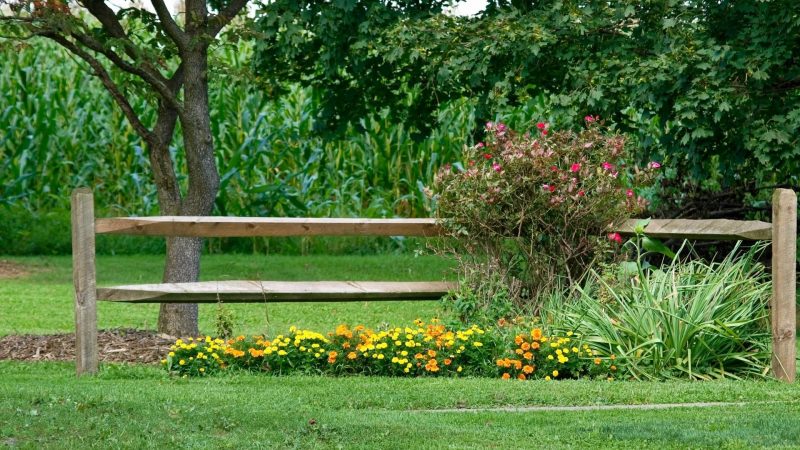
Fleas are relatively simple creatures when it comes to what draws them. They’re attracted to things most wildlife enjoy, such as food, water, and overgrown weeds, grasses, etc.
How Do Fleas Get In Your Yard?
Fleas get in your yard when they’re attracted to your area. This means your place can provide them with food, water, and shelter.
Furthermore, other animals can be the cause of fleas in your yard. Raccoons, dogs, roof rats, squirrels, etc., are common in nest structures—the usual reason you have fleas inside your property.
Can Fleas Live In Your Yard?
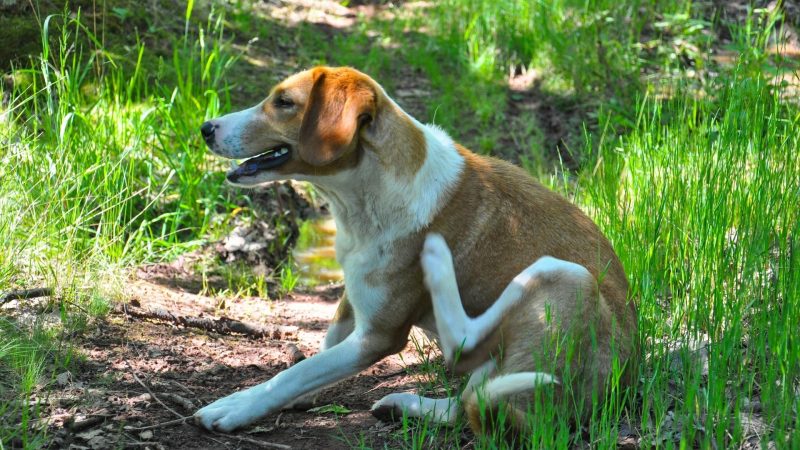
Fleas can live up to two to three months in your yard (without blood meal), given that it’s not maintained appropriately. These pests thrive in humid weather, hot, dark areas, and tall grass.
Thus, it’s crucial to make your yard unfriendly to fleas by:
- Mowing your lawn regularly.
- Cleaning and getting rid of hiding places.
- Trimming trees and shrubs to let sunlight in.
How to Kill Fleas in a Yard?
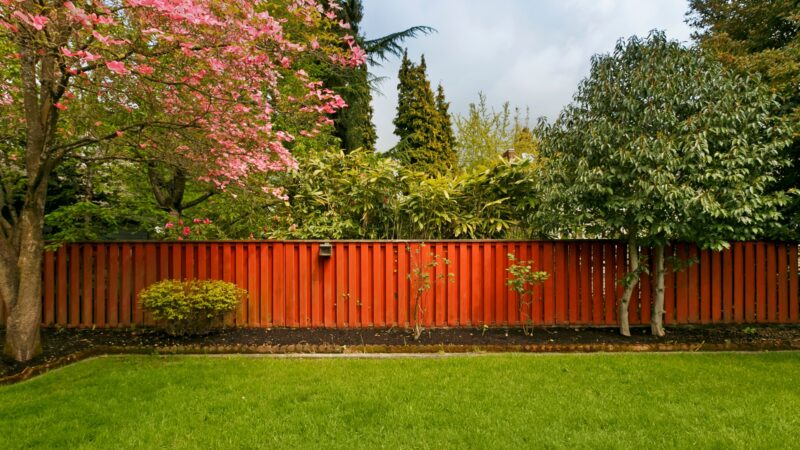
The best way to kill fleas in your yard is to start where they likely like to hide. Examine your yard thoroughly and list the humid, shady, and warm areas, as these are mostly the spots where fleas hide.
Sun-exposed zones can get excessively hot, so you won’t likely find numerous fleas there. Identify problem sites by monitoring where your pet enjoys lying down.
These generally become the best hanging spots for fleas. Once you have a list of your target zones, here are the things you can do to kill the fleas in your yard:
Rake and Mow your Lawn Regularly
Fleas like to hide in tall grass, so raking and regularly mowing your lawn reduce fleas’ hangouts. Moreover, mowing your lawn invariably can expose the shady hiding sites of fleas, making your yard undesirable to them. It’ll also dry out the flea larvae, as they can get exposed to the direct heat of the sun.
Remove Debris
Another way to kill fleas is to remove debris like stone, lumber piles, dead leaves, and twigs from flower beds and under bushes. This will expose shady areas to direct sunlight, which will kill fleas and their eggs eventually.
Apply Mulch with Cedar Chips
Fleas hate the scent of cedar, so pick cedar mulch for areas, such as those under a deck, hedge, or porch, where your pet usually rests. You can also build a cedar mulch barrier around your patios or play areas.
Nematode Application
Another way to kill fleas is by applying nematodes. These are small, parasite-eating worms that actively hunt down and eradicate fleas while they’re still in the soil as pupae and larvae.
All you need to do is spread nematodes around the troubled areas to remove fleas. This is an all-natural way of solving your flea problems and is completely safe for your pets, plants, and people.
Related: How To Kill Fleas? Best Flea Killers
Will Lime Kill Fleas in the Yard?
Another way to kill fleas is by using hydrated lime. This type of lime is highly acidic and can kill many lawn-inhabiting parasites like fleas by dehydrating them.
For garden application, work in hydrated lime on each of your plants and water as usual. Meanwhile, for potted plants, mix one tablespoon of hydrated lime with a gallon of water and water as you usually would.
Does Diatomaceous Earth Kill Fleas in the Yard?
Diatomaceous earth, also known as DE, is a natural pesticide that can effectively kill fleas in the yard. It’s made from the fossilized remains of diatoms and is safe for mammals.
To apply, use a garden dust-spreading tool to scatter the DE on heavily infested areas. These sites are typically near the doghouse or in places where your pets usually hang out. Since DE only effectively works in dust form, avoid applying it during wet months.
Related: Can Diatomaceous Earth Kill Fleas? | All You Need to Know!
Does Salt Kill Fleas in the Yard?
Salt is a natural home remedy for fleas, containing a dehydrating agent that sucks the moisture out of the fleas’ environment. This also dries their skin and kills both adult fleas and larvae.
Does Boric Acid Kill Fleas in the Yard?
Boric acid kills fleas larvae effectively but not adult fleas. It’ll also take four to six weeks to see the result of the application.
Just sprinkle the boric acid powder into your yard and make sure that you’re wearing gloves when you do so. It’s also best to note that this item isn’t ideal for garden application as it can be toxic to plants and birds.
Will Bleach Kill Fleas in the Yard?
Bleach can kill both fleas and their eggs on contact. This item is an incredibly caustic chemical that consumes their shells, killing them in the process.
Once the fleas come into contact with it, they’ll eventually die due to its acidity. It’s best to remember that it’s not advisable to use pure bleach as a flea killer in gardens as it can also damage plants.
How to Treat Your Yard for Fleas?
Before deciding to treat your yard, it’s best not to go into treatment directly and find out the source of the infestation first. This way, you can quickly go to the affected areas without spending a lot of time pinpointing the infested zones.
To make everything quicker, list all the affected areas and go through each of them carefully. Once you’re done with your list, prepare the site for treatment.
To do that, clear all the debris and clutters in your yard, mow your lawn, and make sure no pet can enter the vicinity. This is to avoid fleas from coming back to your place.
You can use either natural or chemical ways to treat fleas. For example, you can use Diatomaceous Earth (DE), salt, cedar oil, etc., to eliminate fleas naturally.
Use Insecticides
Using insecticides is one sure way to kill fleas. However, you’ve got to make sure to heed the directions and follow all the safety warnings.
Most flea insecticides or pesticides come in the form of tank pumps or hose sprayers . You can hire a professional pest control company to administer the treatment or do it yourself, but make sure to cover yourself up.
You must wear a dust mask, gloves, and protective clothing—such as long sleeve shirt and pants.
Diatomaceous Earth (DE) Application
Another way to treat your yard for fleas is by applying Diatomaceous Earth (DE) . It’s a fine dust made from the fossilized remains of diatoms—which is natural, safe, and effective in killing fleas.
To use, spread DE using a spreading tool on the affected areas, particularly near the doghouse or in sites where your pets usually hang out. It’s best to note not to use DE on wet months as this item only works in powder form.
Nematodes
Another way to eliminate fleas is by using nematodes. These are small, parasite-eating worms that effectively kill flea larvae.
To apply, use a sprayer, watering can, hose attachment, or misting system. It’s a valuable idea to apply nematodes during low light periods, like early morning or evening, as it provides better soil penetration.
Cedar Wood Chips
Using cedar chips is another natural way to keep fleas away. These nuisances hate the scent of cedar chips and do what they can to avoid them.
To apply, sprinkle the chips in shady areas, where fleas are frequent, such as under the porch, outdoor furniture, and dog bedding. Furthermore, you can also disseminate them along your fence to keep these parasites from neighboring yards out.
What Is the Best Thing to Spray in Your Yard for Fleas?
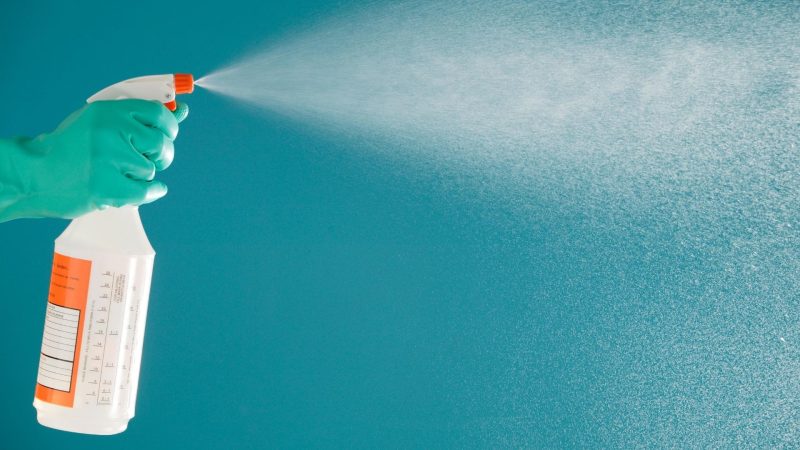
Picking a spray for fleas can be challenging, with numerous listings available online and in the market today. To help you with this dilemma, we’ve listed some of the in-demand products for fleas that you can use in your yard:
Vet's Best Flea and Tick Yard and Kennel Spray
This product is safe and effective to use as it’s made from certified natural oils, like peppermint and eugenol. Moreover, it comes with a ready-to-use hose attachment for faster application on lawns, patios, and other surfaces.
Pros:
- Environmental-friendly
- Easy to use
- All-Natural
- Non-staining
- Nice scent
- Safe to use around children
- Effectively kills fleas, their eggs, and ticks
Cons:
- Needs multiple application
- Not as effective as a chemical insecticide
Adams Plus Flea and Tick Yard Spray
This product is proven effective in killing adult fleas, ticks, and mosquitoes. To apply, ensure the sprayer dial is off before connecting it to a hose.
Then, turn the sprayer on by twisting the lock tab and turning the dial clockwise. After that, turn the water on gradually from low to medium pressure.
Pros:
- Easy to use
- Long-lasting (4 weeks protection)
- Works quickly
Cons:
- Contains nasty smell
- Once a month usage only to prevent harming your pets
Does Spraying Yard for Fleas Work?
Spraying the yard for fleas is effective but can potentially pose risks to your pets. While some can be relatively safe, they may not be effective at repelling, reducing, or killing fleas in your yard.
How Do You Make Homemade Flea Spray?

If you’re looking for homemade flea sprays, you can use the given ingredients below:
Lemon Spray
Lemons are valuable around the house in many ways. It’s good to treat wasp stings and is a great and effective natural remedy for fleas.
To make this spray, thinly slice a lemon, add them to two cups of water, and bring to a boil. Allow the citrus solution to sit overnight and put it into a clean spray bottle. The following day, grab the citrus solution and spray it on the plagued areas of your home.
Vinegar Solution Spray
This could be the simplest spray you could ever make! To create, simply mix equal parts of vinegar and water in a clean spray bottle. Once done, shake the solution lightly and spray it on the infested areas.
Neem Oil
Neem oil is another ingredient you can use in making homemade flea spray. To use it, make sure that it’s diluted with another essential oil, such as olive oil with a 1:10 ratio—one being the neem oil and ten, the olive oil.
After blending, put the mixture into a clean spray bottle and start spraying the solution to the affected sites of your home.
Why Do I Have to Treat My Yard for Fleas?
Fleas can consistently endure harsh conditions and find their way into your pets and home. With treatment, they can’t be as hard to deal with as it will minimize their hiding place.
How Can You Tell If the Flea Infestation Is Severe?
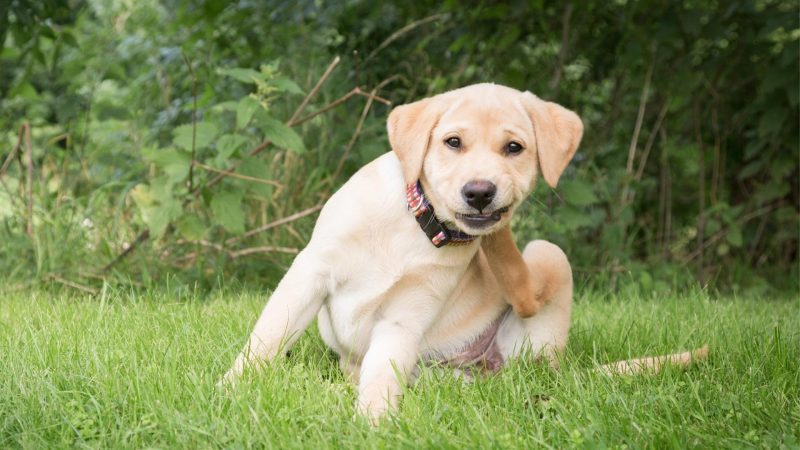
Fleas favor animal blood over humans, but they can feed on your blood for a light snack. You could get some clusters of red bumps on your legs, feet, and ankles.
You’ll also know that the infestation is bad enough when you see your pets restless, scratching, licking, chewing, rubbing, or nibbling at their skin. Your pets will also have crusted skin at the base of the tail, thighs, and hips.
How Long Can Infestations Last?
An infestation can last up to three to four months to get rid of, as it takes a long time for the fleas to progress through their life stages.
List of Sources
Potter, M. F. (2018). Flea Control and Prevention. University of Kentucky.
Questions and Answers About Fleas. (2017). Michigan State University Extension.
What are Nematodes? University of Nebraska-Lincoln.
Bunch, T. R., Bond, C., Buhl, K., Stone, D. (2013). Diatomaceous Earth General Fact Sheet. National Pesticide Information Center, Oregon State University Extension Services.
- How to Get Rid of Copperheads | Practical Guide - August 27, 2023
- How to Get Rid of Corn Snakes | What Makes Them Aggressive? - August 27, 2023
- How to Get Rid of Alligators | Safety Measures and Removal Methods - July 16, 2023
